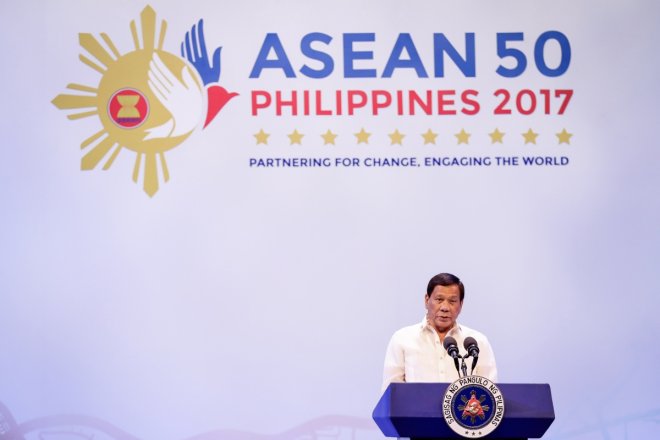
As the ASEAN Leaders Summit culminated last Saturday in Manila, both leaders of the Philippines and Malaysia have not publicly discussed how to address the deportation of more than 8,000 Filipinos from Malaysia to the Southern Philippines.
While many undocumented Filipinos working in Malaysia continue to be deported to the Southern Philippines, a Southern Philippine City, called Zamboanga, which is also known as the catchment area of Filipino deportees, appealed to the Philippine national government to make the provinces - Sulu and Tawi-Tawi as possible catchment area to receive the 8,000 deportees.
Around 8,000 undocumented Filipinos in Malaysia are expected to be deported to Zamboanga City in the Southern Philippines, which is still struggling to help Internally Displaced Persons (IDPs) who became victims when 400 separatist rebels known as the Moro National Liberation Front (MNLF) engaged a firefight with 4,000 Philippine soldiers in September 2013.
Challenges
Zamboanga City Mayor, Maria Isabelle Climaco Salazar, earlier raised the city's concern to Social Welfare Secretary, Maia Chiara Halmen Reina Valdez, and said that the city could not absorb all the deportees particularly those who are not residents of Zamboanga City because it is still beset with issues related to the MNLF siege.
Zamboanga is the adjacent Philippine City to Sandakan, a bustling city in Sabah – a Malaysian state reportedly having at least 800,000 Filipinos, who are mostly illegal workers, traders or undocumented. Moreover, Rappler, a leading news website in the Philippines, also reported that there are 93,000 undocumented Filipinos throughout Malaysia.
Zamboanga has a population close to one million and some of the Filipino traders of Malaysia products are also based in Zamboanga.
Undocumented Filipinos have often been deported to Zamboanga City in the last ten years but with the absence of economic and livelihood opportunities, some of these deportees have been returning back to Malaysia.
Furthermore, the Southern Philippine-North Borneo economic relations have been active since the two countries formalised their diplomatic ties in 1959. In 2015, Philippine-Malaysia trade value reached the USD 5 billion mark. Meanwhile, Malaysia is also becoming a tourist destination for Filipinos. Former Philippine Ambassador Eduardo Malaya told International Business Times that in 2015 alone there were at least 500,000 Filipinos who visited Malaysia.
The new Philippine President Rodrigo Duterte and the Malaysia government have been exerting efforts to strengthen bilateral diplomatic ties and Philippine government has been looking at Malaysia as a long-term security partner in addressing maritime violence in the Philippine-Malaysia border.









